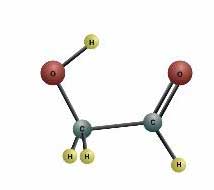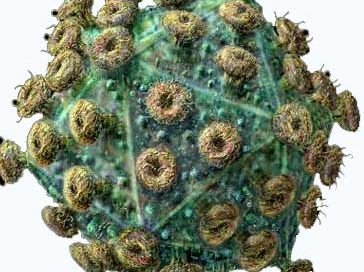Biology from the earliest cells to today’s mammals, reptiles, and birds. How cells evolved, the parts of a cell, the evolution of plants, and the relationships between plants and animals. Suitable for class worksheets or for informal homeschooling.
A first section on cells explains how cells evolved from small molecules found in space to amino acids, proteins, lipid membranes, RNA, and finally living cells. We trace the evolution of the parts of a cell. Chloroplasts come to live inside plant cells, while mitochondria come to live inside animal cells. We see how cells are still made up of the same simple building blocks – lipid membranes, RNA, and enzymes.
A second section traces the evolution of living creatures with more than one cell. Starting with sponges and hydras, we see how bilateral symmetry emerged, and how all complex creatures are basically shaped like worms: a hollow tube so food and oxygen can reach all our cells. We look at how worms evolved into eels and fish, lungfish, frogs, reptiles, birds, and mammals. There’s a section on primates and the evolution of modern humans.
A third section discusses the systems of human bodies and how they evolved. We trace the nervous system from single neurons to the development of the brain, including several articles on the evolution of eyes. There are similar sections for digestion, the circulatory system, and the respiratory system.
Finally, a fourth section suggests simple biology-related activities for classes or homeschoolers. These simple projects each reassure the student that science is based on observable facts. Compare the skeletons of chickens and fish. Try to grow plants under different conditions. Look at leaves changing color in the fall. Some activities require a microscope, but many require only things you have in the house already.







